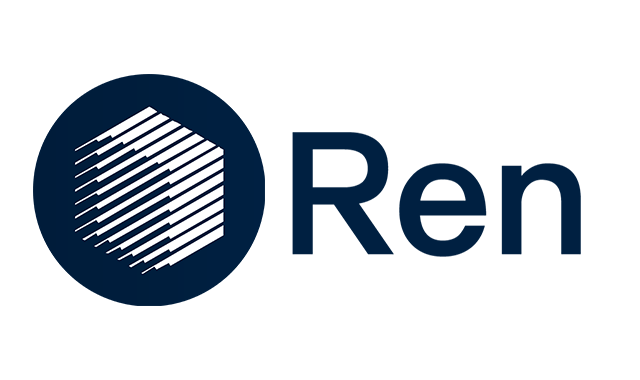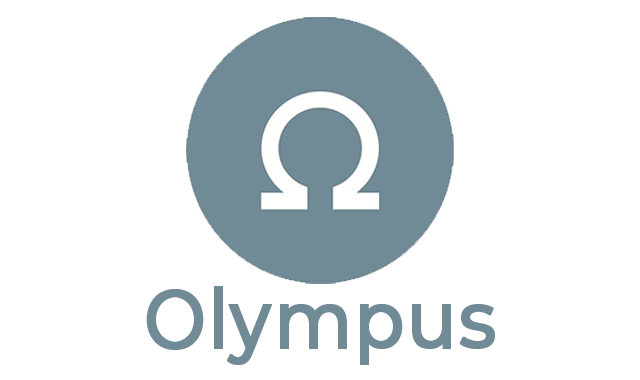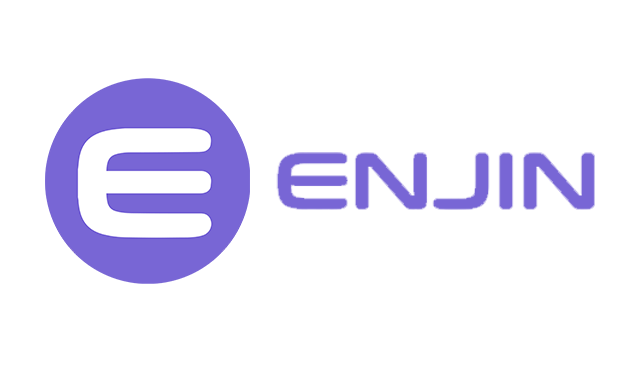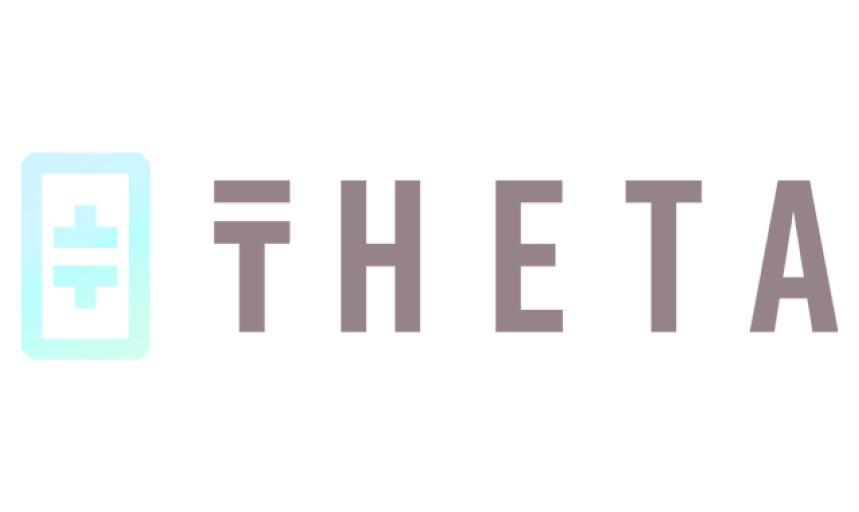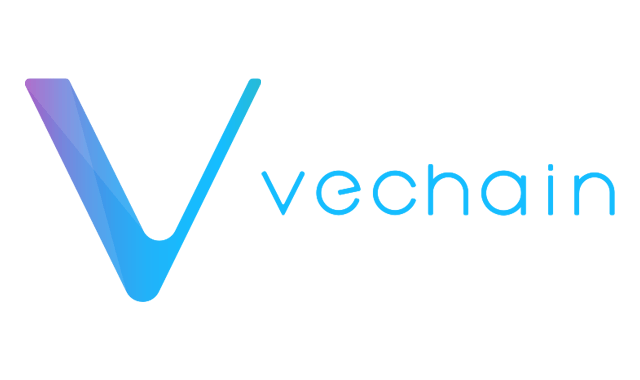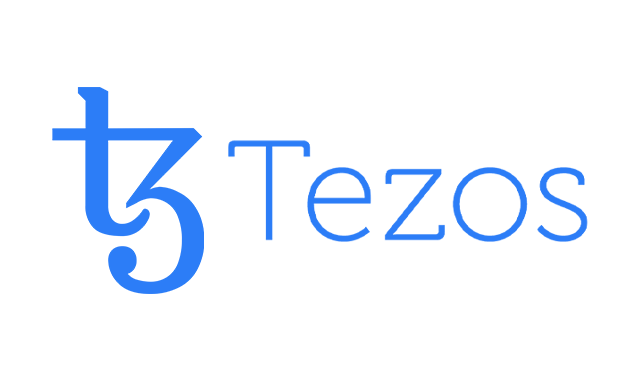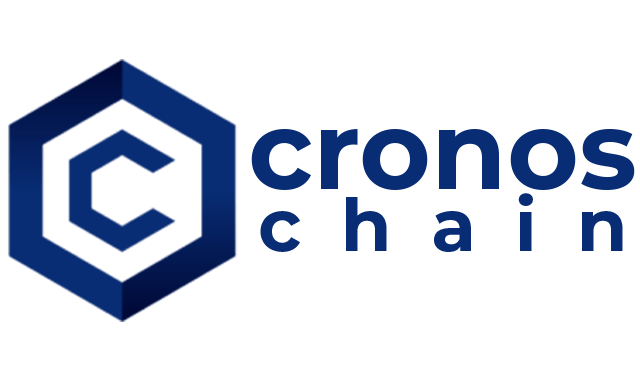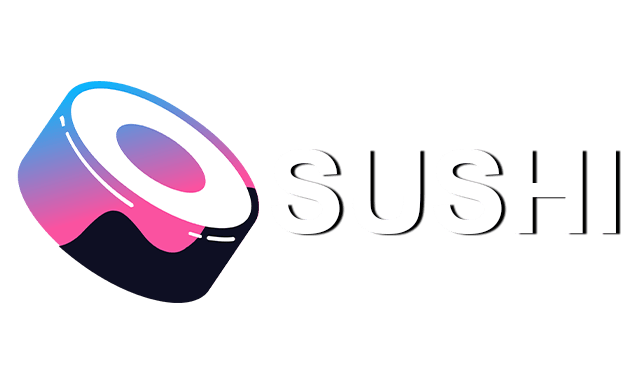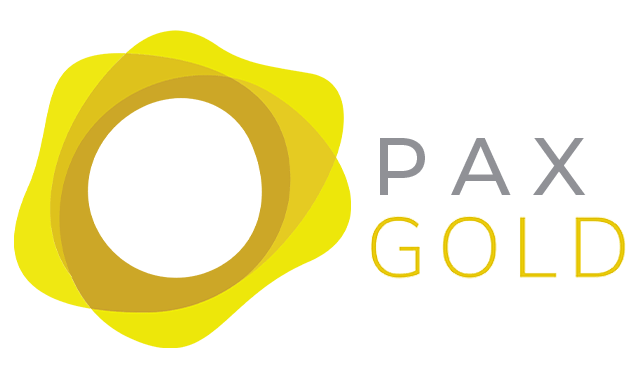The Power of Foundational Blockchain Technology!
Discover the bedrock of innovation. Explore Layer 1 blockchain solutions, shaping the future of crypto and beyond.

NEAR
Have you heard of the NEAR Protocol (NEAR)? If not, you’re missing out on one of the market’s most innovative and rapidly advancing blockchain projects.
The NEAR Protocol has been dubbed the “Ethereum killer,” and it’s easy to see why when you compare features like scalability, cost-effectiveness, and sustainability between the two protocols.
In this article, we’ll thoroughly explore NEAR – its core technology, facilities, tokens & rewards structure, use cases, and partnerships helping this protocol live up to its huge potential. You’ll also get an overview of why you have a NEAR investment and other market information about this protocol, like its NEAR to USD Price and its’ token Price today.
What is NEAR Protocol (NEAR)?
NEAR Protocol (NEAR), a decentralized blockchain platform, aims to provide a usability, scalable, and developer-friendly digital currency infrastructure for developing decentralized apps (dApps) or Decentralized software. It was developed to deal with some problems with scalability, high fees, and extended trade times that are present on the current distributed ledger technology (DLT) or blockchain platforms.
The proof-of-stake (PoS) consensus mechanism used by the NEAR Protocol offers faster deal confirmation times and lower costs compared to proof-of-work (PoW) blockchains like Bitcoin (BTC) and Ethereum (ETH). Because partitioning significantly improves scalability, the NEAR system can handle up to 100,000 transactions per second (TPS).
Since its April 2020 introduction, NEAR Protocol has attracted much interest from the DLT or blockchain community. Additionally, it has drawn alliances and working relationships with significant DLT participants, including Chainlink, MakerDAO, and Ontology. An innovation of a development kit, a language for writing smart contracts, and a decentralized storage solution are just a few of the tools and resources available to developers in the NEAR Protocol ecosystem to assist them in creating and launching decentralized software on the platform.
Like many other blockchain platforms, NEAR Protocol is designed to support creating and exchanging digital assets that can be used as a store of value or a medium of exchange. While these digital assets are not government-issued Fiat currencies, they can represent or facilitate the transfer of Fiat currency on the Digital Ledger Technology.
How does NEAR work?
Here’s an overview of how NEAR works:
- Consensus Mechanism: Proof-of-Stake (PoS), a conformity technique, is used by NEAR to safeguard and allocate the system and verify exchanges. Validators can use their tokens as collateral in PoS but risk losing them if they behave maliciously. This encourages them to perform honorably and appropriately validate trades.
- Sharding or Partitioning: To scale the system horizontally, NEAR employs a partitioning approach. The system is split up into numerous shards or fractions, each capable of handling trades simultaneously and independently. This enables NEAR to increase throughput while maintaining security.
- Account Model: NEAR uses an account model, similar to ETH, to store user data and manage trades. Each account has a unique identifier, a public key, and a private key. Users can use their accounts to interact with smart or digital contracts and decentralized software.
- Gas Fees: NEAR charges gas fees for transactions to combat spam and guarantee that the system is utilized effectively. System participants are paid gas fees in NEAR tokens in exchange for their time processing transactions.
- NEAR Wallet: NEAR provides a user-friendly wallet that allows users to manage their accounts and wallet addresses, send and receive tokens, and interact with decentralized software. For increased security, the wallet also supports hardware wallets, such as Ledger and Trezor.
- Development Tools: NEAR provides a comprehensive set of development tools to make it easy for creators to build and launch decentralized software on the system. These tools include the NEAR Software Development Kit (SDK), the NEAR Command Line Interface (CLI), and the NEAR Studio Integrated Development Environment (IDE).
The Technology Behind NEAR
The NEAR Protocol is powered by three main components: the NEAR system, NEAR Runtime Environment (RE), and NEAR Software Development Kit (SDK).
- NEAR Blockchain: NEAR is supported by the NEAR system. It is a PoS blockchain that makes use of the Nightshade consensus algorithm. The NEAR system can now execute thousands of TPS while retaining its decentralization and security thanks to partitioning large databases or crypto blockchains into smaller ones built to be both scalable and secure. Additionally, the NEAR system uses partitioning technology to split the system into more manageable, smaller chunks.
- NEAR Runtime Environment (RE): The NEAR system’s smart contract execution environment is the NEAR Runtime Environment (RE). Thanks to its quick and effective design, developers can create smart contracts in Rust or other programming languages and then publish them on the NEAR system. To assist them in creating and launching decentralized software, programmers have access to various libraries and tools through the NEAR RE.
- NEAR Software Development Kit (SDK): Developers can create and launch decentralized software on the NEAR system by utilizing the NEAR Software Development Kit (SDK), a collection of tools and libraries. A command-line interface (CLI), a JavaScript library, and a Rust library are some of the tools included in the SDK. The SDK also comes with various templates and example codes to assist programmers in getting going quickly.
NEAR uses a number of technologies to achieve these goals, including:
- Proof-of-Stake (PoS): NEAR uses a PoS conformity algorithm to secure its system. This means that validators or system participants are chosen based on the number of NEAR tokens they hold and are willing to “stake” as collateral. Validators are then randomly selected to create new blocks and validate deals and are incentivized to act honestly by receiving rewards in the form of NEAR coins.
- Rainbow Bridge: NEAR has developed a cross-chain bridge called the Rainbow Bridge, which allows digital investment to be transferred between the NEAR and Ethereum. This enables programmers to take advantage of the larger Ethereum ecosystem while still benefiting from the scalability and efficiency of the NEAR.
- Nightshade: NEAR uses a technology called Nightshade to improve the efficiency of its sharding architecture. The technology allows for more efficient communication between shards, reducing the overhead required to coordinate deals across the system.
What Makes NEAR Unique?
NEAR Protocol is distinctive in the following ways:
- High Throughput: NEAR is one of the quickest DLT platforms available since it is built to handle thousands of TPS. Partitioning, parallel processing, and a special conformity method called “Nightshade” accomplish this high throughput.
- User-Friendly: Developers of various experience levels can use NEAR because it is made to be user-friendly and accessible. Coders find creating and deploying decentralized software on the mainstream system simpler thanks to its well-organized development tools and user-friendly documentation.
- Low Costs: NEAR has low transaction fees, which makes it an attractive option for programmers who want to build decentralized software without incurring high costs. Also, NEAR Token is used to pay transaction fees, which adds an extra layer of convenience for Coders.
- Scalability: NEAR is designed to be highly adaptable, which means it can support many users and decentralized software without sacrificing performance. This is achieved through a combination of partitioning and parallel processing, which allow the system to process a large number of transactions simultaneously.
- Interoperability: NEAR is designed to be interoperable with other DLT technologies and systems. This means that coders can build decentralized software that can interact with other DLT networks, which opens up new possibilities for cross-chain interoperability and collaboration.
Community and partnerships of NEAR
NEAR Protocol is a decentralized system allowing developers to build and establish decentralized applications or software on its network. As a result, community and partnerships are critical for its growth and adoption.
Community: NEAR Protocol has an active and engaged community of developers, validators, and enthusiasts. The community is spread across various channels, including Discord, Telegram, and Twitter, where members can collaborate, ask questions, and receive updates on the latest developments within the NEAR community. NEAR also has a dedicated community forum where users can discuss various NEAR-related topics, including governance, staking, and dApp development.
Partnerships: NEAR has established several partnerships to expand its reach and bring new users and coders onto its system. Some notable partnerships include:
- Chainlink: NEAR has integrated Chainlink’s decentralized oracle network, which enables NEAR dApps to access off-chain data and interact with traditional financial systems securely.
- 1inch: NEAR has partnered with 1inch, a decentralized exchange aggregator, to provide users access to multiple decentralized exchanges within the NEAR community.
- Gitcoin: NEAR has partnered with Gitcoin, a system that enables open-source coders to monetize their work, support NEAR-based projects, and incentivize development within the system.
- Mintbase: NEAR has partnered with Mintbase, a system that allows users to create and sell their NFTs (non-fungible tokens), to provide NEAR-based NFT creators with an easy-to-use system for minting and selling their creations.
These partnerships and others demonstrate the commitment of NEAR to building a robust and interoperable decentralized ecosystem that can support a wide range of use cases and applications on NEAR.
Where to sell or buy NEAR Protocol Tokens?
A number of cryptocurrency exchanges allow for the buying and selling of NEAR. Popular exchanges including Binance, KuCoin, OKX, Huobi Global, and Kraken all support NEAR.
If you want to have more information about NEAR like live charts and USD Converter you can visit CoinMarketCap.
How can NEAR be mined?
NEAR cannot be mined traditionally, using a PoS conformity mechanism instead. Users can participate in network validation and conformity by staking NEAR coins by becoming a participant or delegating their tokens to a validator’s staking pool or node. This action is called staking, which makes the tokens go to Validators to earn gains. Staking allows users to earn transaction fees and block rewards. It is the main way to participate in the NEAR and earn rewards.
How does NEAR compare against its competitors?
One of the main advantages of NEAR over its competitors is its unique partitioning approach, which allows the network to scale horizontally. NEAR’s sharding mechanism enables the operation of transactions in parallel, increasing the system’s overall throughput. This feature sets it apart from its competitors, such as Ethereum, which currently uses a single-chain architecture that can lead to network congestion and slow transaction times during periods of high demand.
Another key advantage of NEAR is its user-friendly development environment. NEAR provides a developer-friendly experience that allows creators to create and deploy dApps easily. Its development environment also supports multiple programming languages, making it more accessible to creators with different backgrounds and skill levels.
Regarding competitors, ETH is one of the most notable to which NEAR is often compared. While ETH is currently the largest medium for building dApps, it has faced scalability issues due to its single-chain architecture. Other competitors include Binance Smart Chain, Polkadot, and Solana, which all offer different solutions to the scalability problem. However, NEAR’s unique sharding mechanism and user-friendly development environment give it a strong competitive advantage in the market.
NEAR Protocol (NEAR) History
In 2018, Illia Polosukhin, Erik Trautman, and Alexander Skidanov established the endeavor. A flexible and user-friendly architecture for decentralized apps is what the blockchain technology NEAR Protocol intends to offer. Scalability and cheap deal costs are attained using a PoS consensus method with a partitioning technique.
April 2020 saw the release of NEAR Protocol’s mainnet. In December 2021, it underwent a substantial upgrade known as “Aurora, ” making it compatible with the Ethereum Virtual Machine. With a market valuation of over $3 billion and a ranking among the top 50 cryptocurrencies as of February 2023, the cryptosystem has seen tremendous designation from projects and programmers.
In March 2021, NEAR Foundation and Startup Wise Guys also partnered and brought together two leading players in the blockchain and startup ecosystems. NEAR Protocol accelerates and stabilizes blockchain system that provides infrastructure for decentralized applications. The program system of NEAR is also programmer-friendly.
Then in January 2022, Venture capital firms, including Andreessen Horowitz, Dragonfly Capital, and Jump Capital, invested in the project, enabling NEAR Foundation to raise 150 million USD. Tiger Global followed this. FTX Ventures and Dragonfly Capital fund rounding with NEAR in April 2022 that raised about 350 million USD.
NEAR Price Statistics
NEAR Protocol Price Live
NEAR Market Cap
The daily trading volume
What is the all-time high and all-time low for NEAR?
Related Crypto
